- Just when you thought you couldn’t look any more like an amateur in the gym, here’s a revelation: it can always get worse.
- All right, today we’re going to delve into the most efficient way to train your traps. If you’re just throwing in a couple of trap exercises at the end of your shoulder day, chances are you might be missing the mark on effective shoulder training.
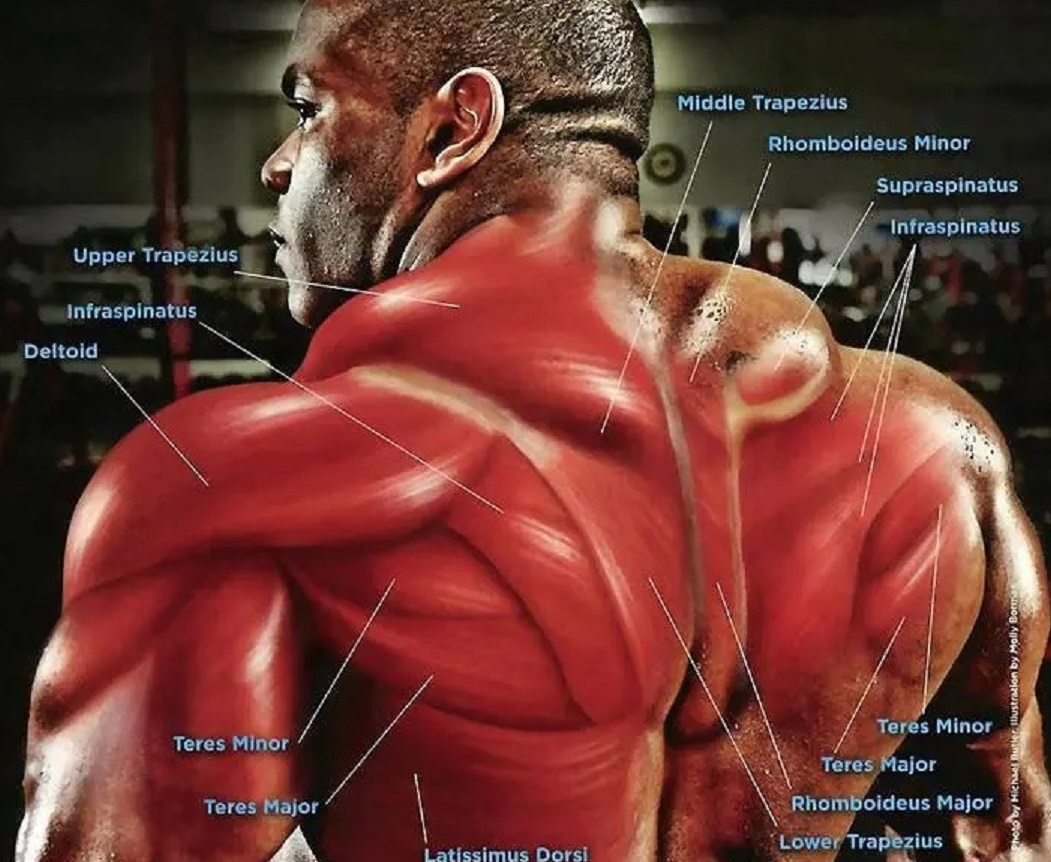
- And for those guilty of dedicating only two or three exercises to traps on a back day, it’s time to rethink your strategy. You might be wasting precious gym time that could be better spent on building a bigger, wider back.
- The secret lies in the art of optimization. Rather than relegating your traps to an afterthought at the tail end of another muscle group’s workout, we’re going to integrate trap training seamlessly into your routine.
- Now, imagine turning those initial sets, typically reserved for warming up your back muscles, into targeted trap exercises. It’s not about adding more time to your workout; it’s about making every moment count. So, get ready to maximize the efficiency of your training and turn your warm-up sets into a crucial component of your trap-building routine.
Understanding Trap Anatomy
First things first, let’s look into the anatomy of the trapezius muscle. Many people in the gym focus solely on developing the upper traps, often resembling those wrestling buddies we used to powerbomb as kids. While looking great from the front, an issue arises when they turn to the side – the traps seem to disappear. This discrepancy is often due to an exclusive emphasis on the upper traps, the muscles responsible for elevating the scapula.
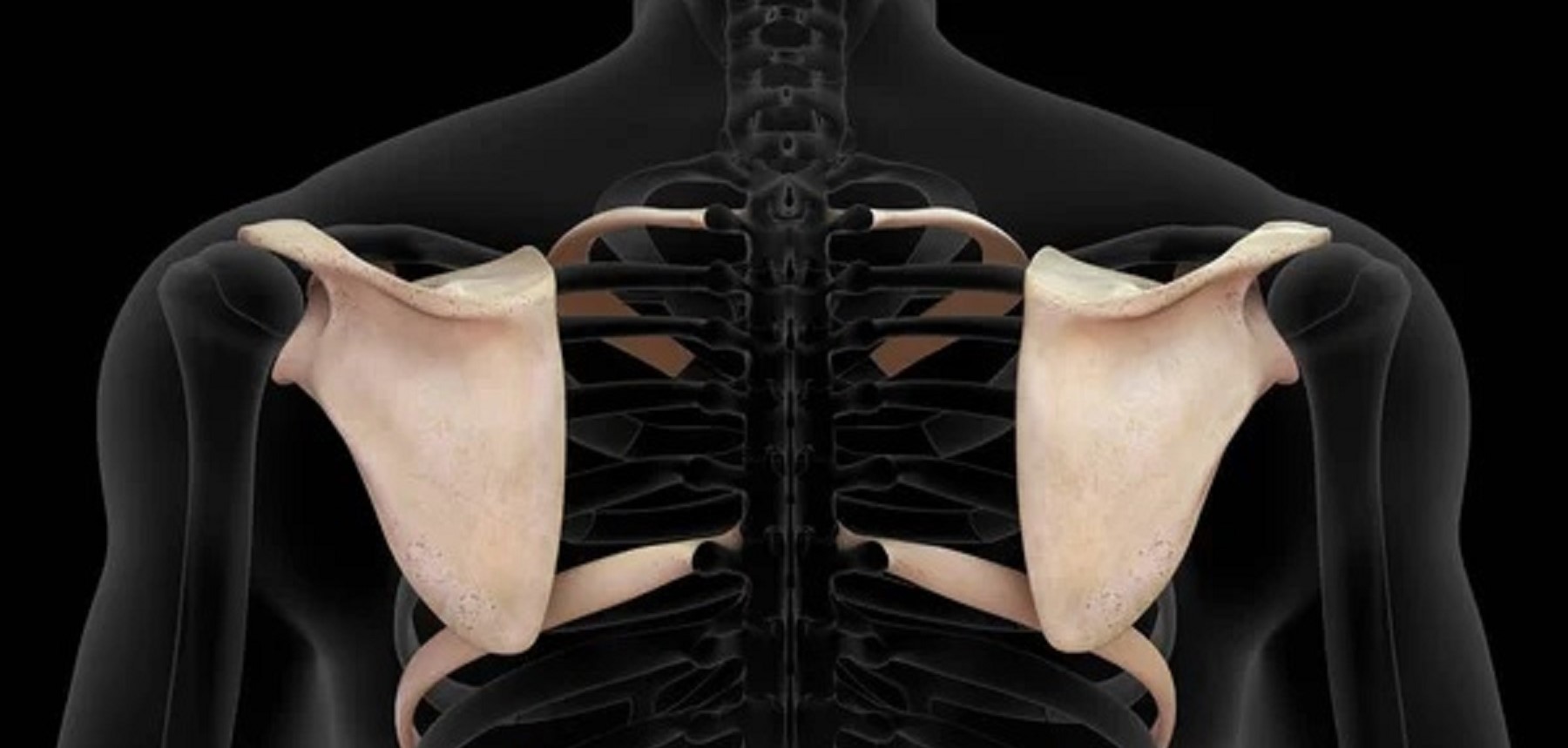
The Upper Trap Enthusiast
- Picture the guy in the gym who loves heavy shrugs and makes loud noises while doing so – the upper trap enthusiast. While these exercises are valuable, a problem emerges when individuals overlook the middle and lower traps.
- The upper traps excel at elevating the scapula, but for a well-rounded development, we need to pay attention to the often-neglected middle and lower traps.
The Role of Middle Traps
- The middle traps play a critical role in bringing the scapula closer to the midline, known as adduction.
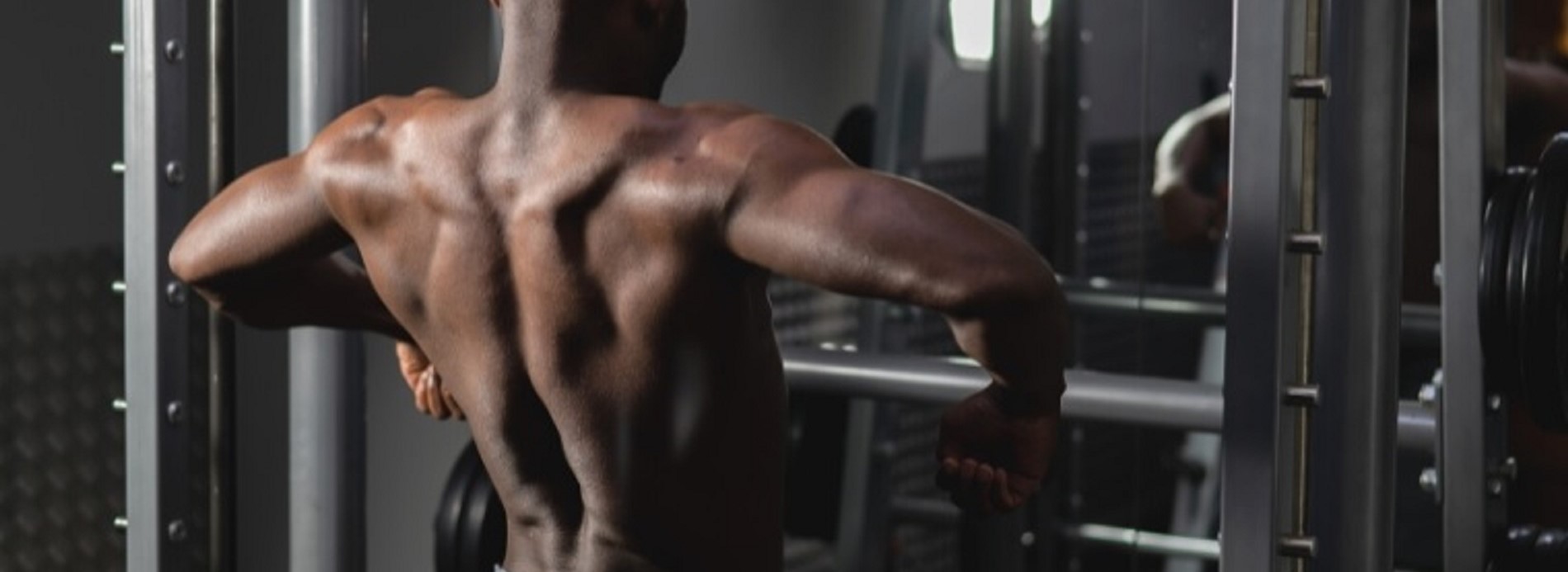
- This aspect is frequently overlooked, resulting in an imbalance in trap development. Neglecting the middle traps can lead to a lack of definition from the side and compromise the overall aesthetic of your physique.
The Importance of Lower Traps
- Similarly, the lower traps contribute to the compression of the scapula. This area is often underestimated but is essential for a comprehensive trap development strategy.
- Ignoring the lower traps not only limits the visual appeal of your physique but can have long-term consequences, especially concerning posture.
Efficiency in Training
- Here’s the good news – efficiently targeting the middle and lower traps doesn’t require a multitude of additional exercises. By incorporating specific movements, we can address these areas effectively within our existing routine.
- This targeted approach not only enhances trap development but also contributes to a more balanced and functional physique.
The Consequences of Neglect
- Skipping exercises that target the middle and lower traps might yield short-term gains in appearance, but down the road, you’ll likely encounter issues with posture.
- More importantly, neglecting these crucial areas compromises long-term health and functionality, and let’s face it – nobody wants to look foolish in the pursuit of temporary aesthetic gains.
Targeting the Mid Traps: Breaking Down the Movement
Let’s kick things off by focusing on the mid traps, a crucial yet often overlooked area in trap development. Any movement where your hands are away from your body and pulled towards you engages the mid traps, forcing the scapula to come together. The beauty of this is that even if you wanted to execute it incorrectly, the engagement is practically inevitable.
Making Warm-Up Sets Count
Now, we all know the importance of at least one warm-up set before diving into the heavier lifts. Instead of considering it a mere warm-up, let’s break down the movement into two distinct parts to maximize its effectiveness. Start by maintaining a slight bend in those elbows, pulling your shoulders back, and flexing your traps. What may seem like a simple warm-up becomes a working set as this short movement proves to be incredibly taxing on the mid-traps.
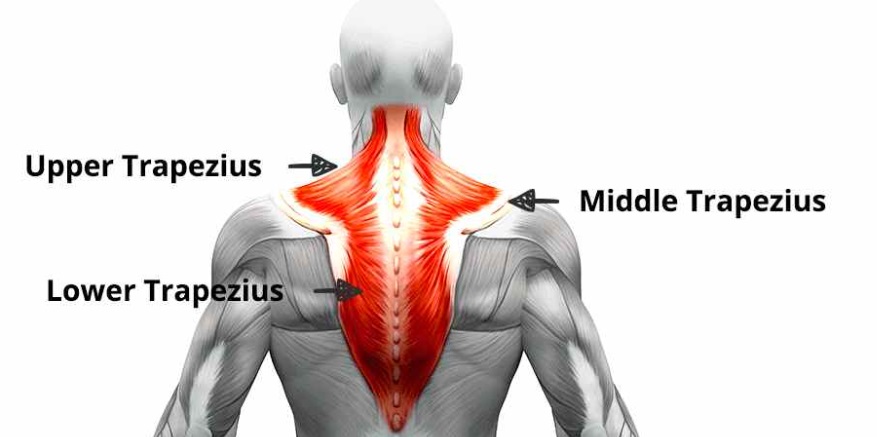
Engaging the Traps Early
- By engaging the traps early in the movement, you’re setting the stage for a more intense workout.
- The isometric contraction involved in this initial phase not only warms up the targeted muscle but also pre-exhausts it, ensuring that the subsequent full-row movement becomes even more challenging.
Adding Intensity to the Row
- As you transition into the full row after engaging the traps, the onus shifts to the rest of your back to contract the weight up.
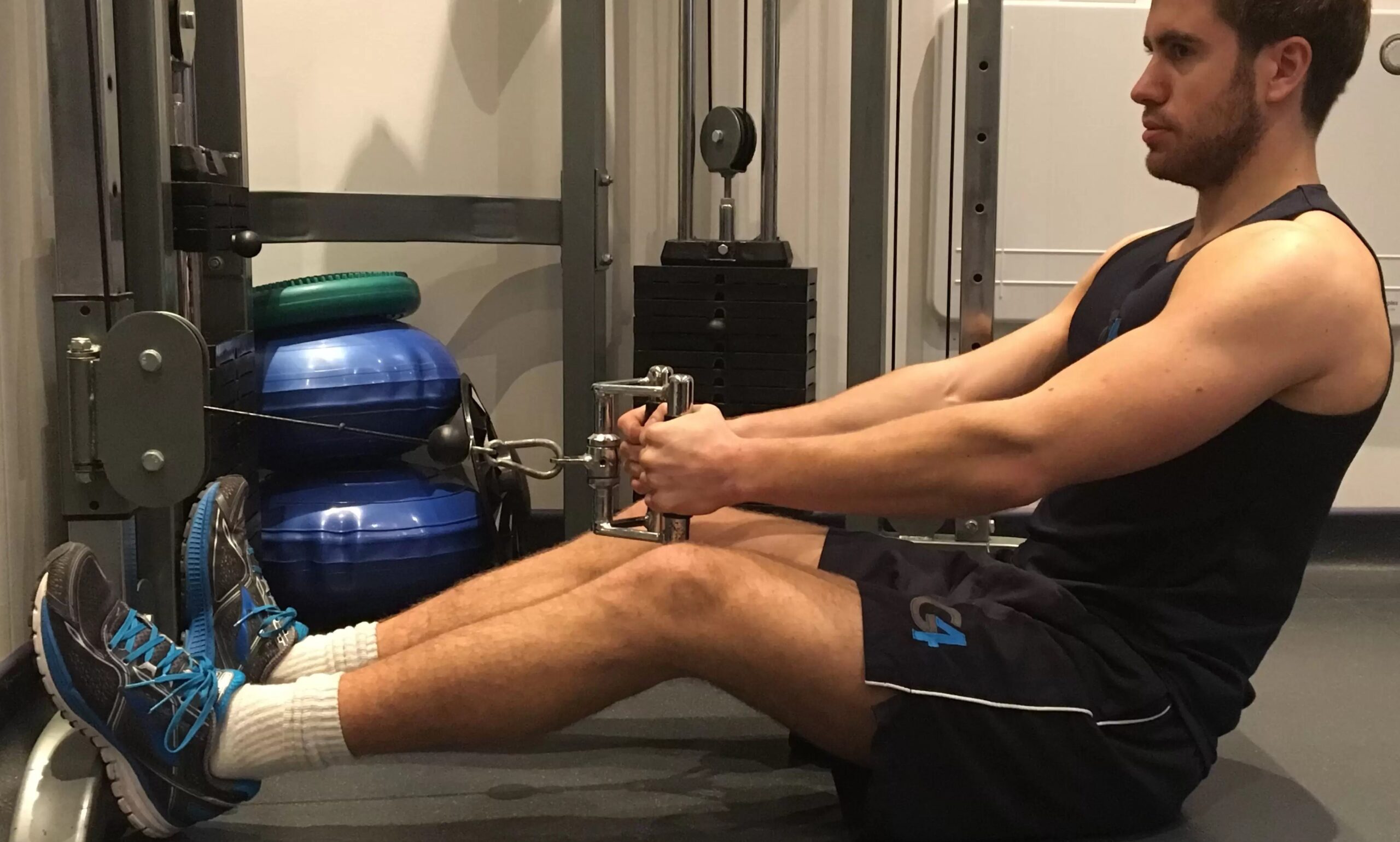
- Here’s where the magic happens – that light weight you’re using to warm up suddenly transforms into a formidable challenge. The traps, already engaged, intensify the effort required from the rest of your back muscles.
Intensifying the Contraction
- To make matters even more challenging (in the best way possible), as you roll back during the row, the contraction in those mid-traps intensifies.
- This means that not only are you working the mid traps effectively, but you’re also creating a cascading effect that enhances the overall engagement of your back muscles.
Efficient Warm-Up Strategy
If you’ve mastered the technique, you’ll likely burn through just one warm-up set per exercise, optimizing your time in the gym. However, here’s a valuable insight: many movements on back day share the same path. While seated cable rows may be your favorite, the technique can be applied to various exercises like dumbbell rows or cable rows that follow a similar trajectory.
Applying the Technique to Different Movements
- Even though seated cable rows are the go-to for this method, incorporating it into your warm-up set for other movements is equally effective.
- Whether it’s the initial set of lat pull downs or any rowing variation, the key is to capitalize on that specific hand movement away from the body, pulling towards you.
Tailoring to Your Needs
- Now, if you notice that your traps are underdeveloped or if this is a new approach for you, don’t hesitate to throw in a second set.
- While the primary focus is on trap development, the ripple effect is felt throughout the entire back. Engaging the mid traps in this manner activates and pre-exhausts surrounding muscle groups, making the subsequent sets more challenging and rewarding.
The Price of Efficiency
- Embracing this efficient warm-up strategy means your traps will thank you for the targeted attention, but the rest of your back won’t be too thrilled during the process. It’s a small price to pay for a comprehensive and effective approach to back training.
- This method not only streamlines your workout but also ensures that every set contributes significantly to both trap development and overall back sculpting.
So, whether it’s your favorite seated cable rows or another back exercise, seize the opportunity in that initial warm-up set to set the tone for a powerful and growth-inducing workout. Your traps will show their gratitude and your entire back will benefit from the intensified engagement.
Targeting Lower Traps: Pulling Down from Above
Given that the lower traps are responsible for scapular compression, any movement where your hands are positioned above your head and pulled straight down is an excellent candidate for the same style of warm-up set. Consider exercises like lat pull-downs or bench-assisted pull-ups, excluding regular pull-ups unless you happen to be exceptionally light and can manage a significant number.
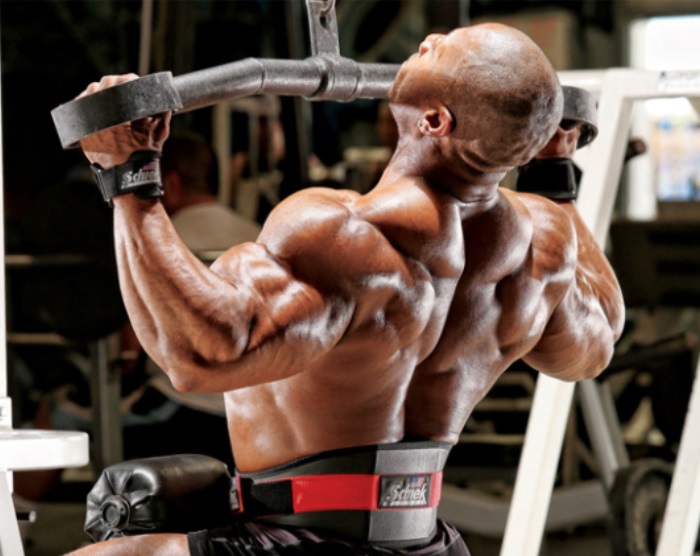
Adjusting Pull-Up Strategies
For those who aren’t part of the “Michelob Ultra Men” club and can’t crank out an impressive number of pull-ups, fear not. Instead of attempting the full warm-up set with pull-ups, integrate them strategically. Consider completing your regular set of pull-ups and then adding this specific warm-up technique afterward. Alternatively, start with a couple before your main set, maximizing the engagement of your lower traps.
The Pull-Up Variation
- Acknowledging the difficulty of pull-ups, especially for those not blessed with featherweight status, leads to a practical approach.
- While still incorporating pull-ups into your routine, recognize your limitations and use the warm-up technique judiciously. This ensures you benefit from the exercise without compromising form or overburdening yourself.
Upper Trap Focus: Controlled Deadlifts
- Shifting the focus to the upper traps, loading up the bar, and performing slow, controlled deadlifts emerges as an effective strategy.
- Deadlifts should already be a staple in your back-day routine, but if they’re not, it might be time to reconsider your training approach. Incorporating deadlifts engages the upper traps inherently and contributes to overall trap development.

Unilateral Shrugs for Precision
- To further target the upper traps directly, incorporate unilateral shrugs using a dumbbell. This method allows for a more precise contraction, as you can only contract upward. Wrap the strap around your body for a better contraction, and by performing these unilaterally, you ensure a focus on each side.
- This attention to symmetry helps ensure balanced trap growth and contributes to a well-defined upper back.
Conclusion: Ready to Transform Your Traps?
- In summary, by tailoring your warm-up sets to the specific functions of the upper and lower traps, you not only maximize efficiency but also enhance the overall effectiveness of your back-day routine.
- Whether it’s the downward pull for lower traps or the controlled deadlifts and unilateral shrugs for upper traps, each exercise plays a crucial role in sculpting a well-rounded, impressive physique.
- Efficient, targeted, and strategically tailored, this approach ensures every moment in the gym contributes to sculpting a well-balanced and impressive physique. It’s time to redefine your trap training – let’s get after it!









